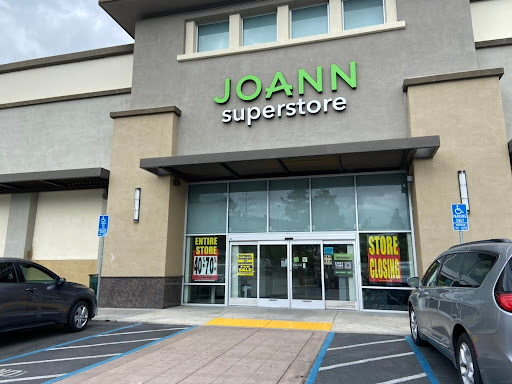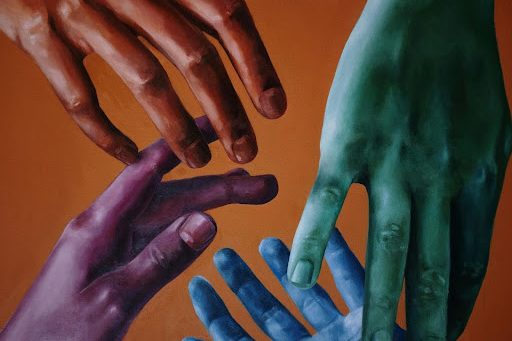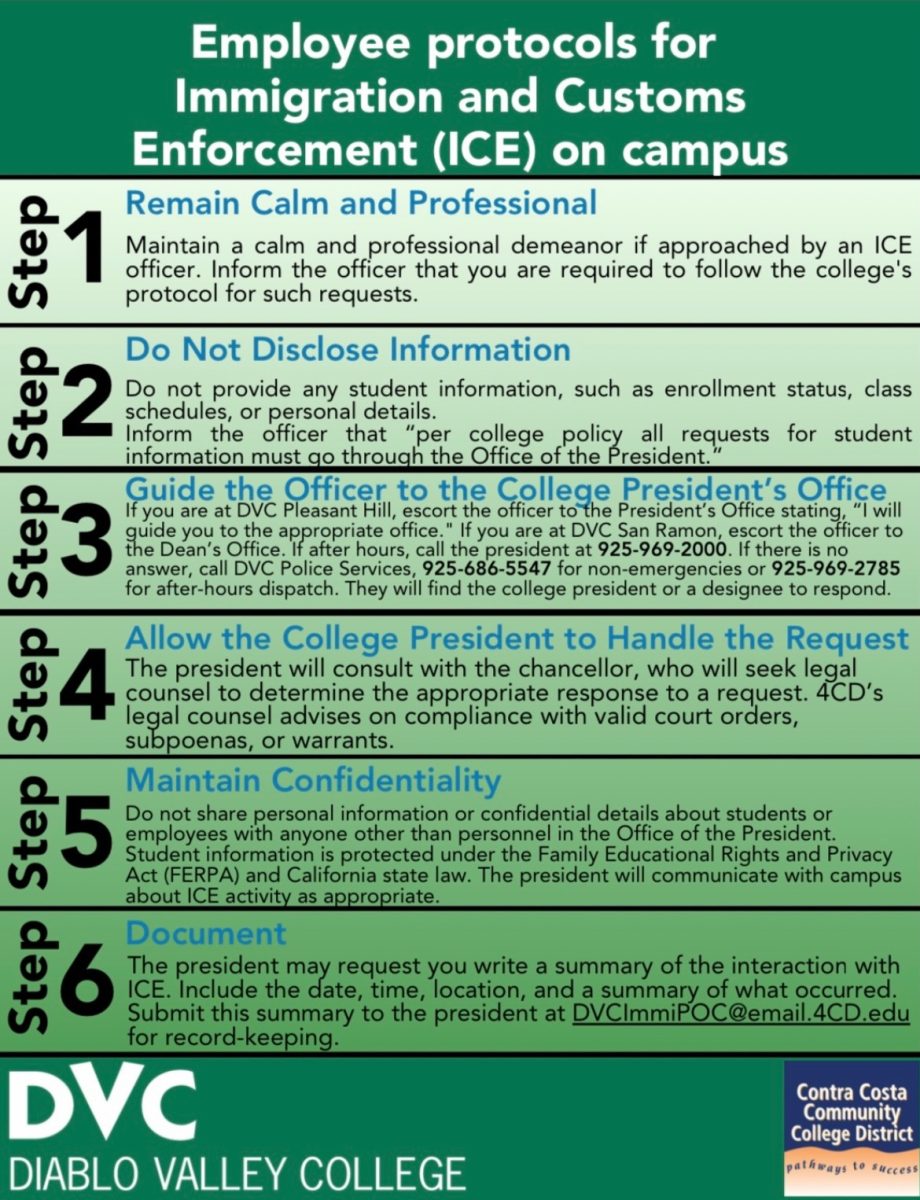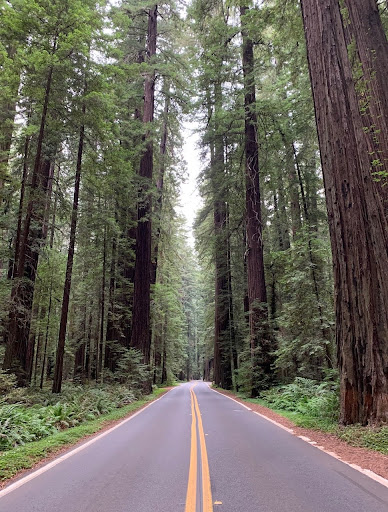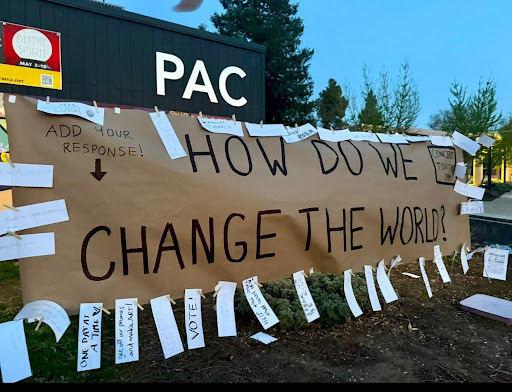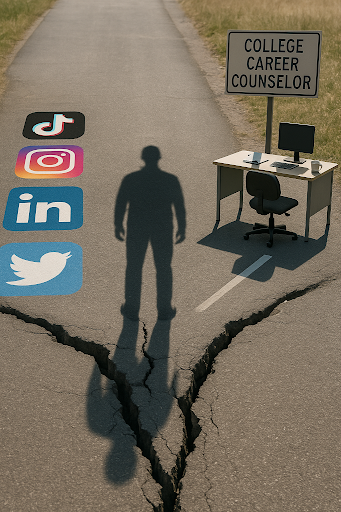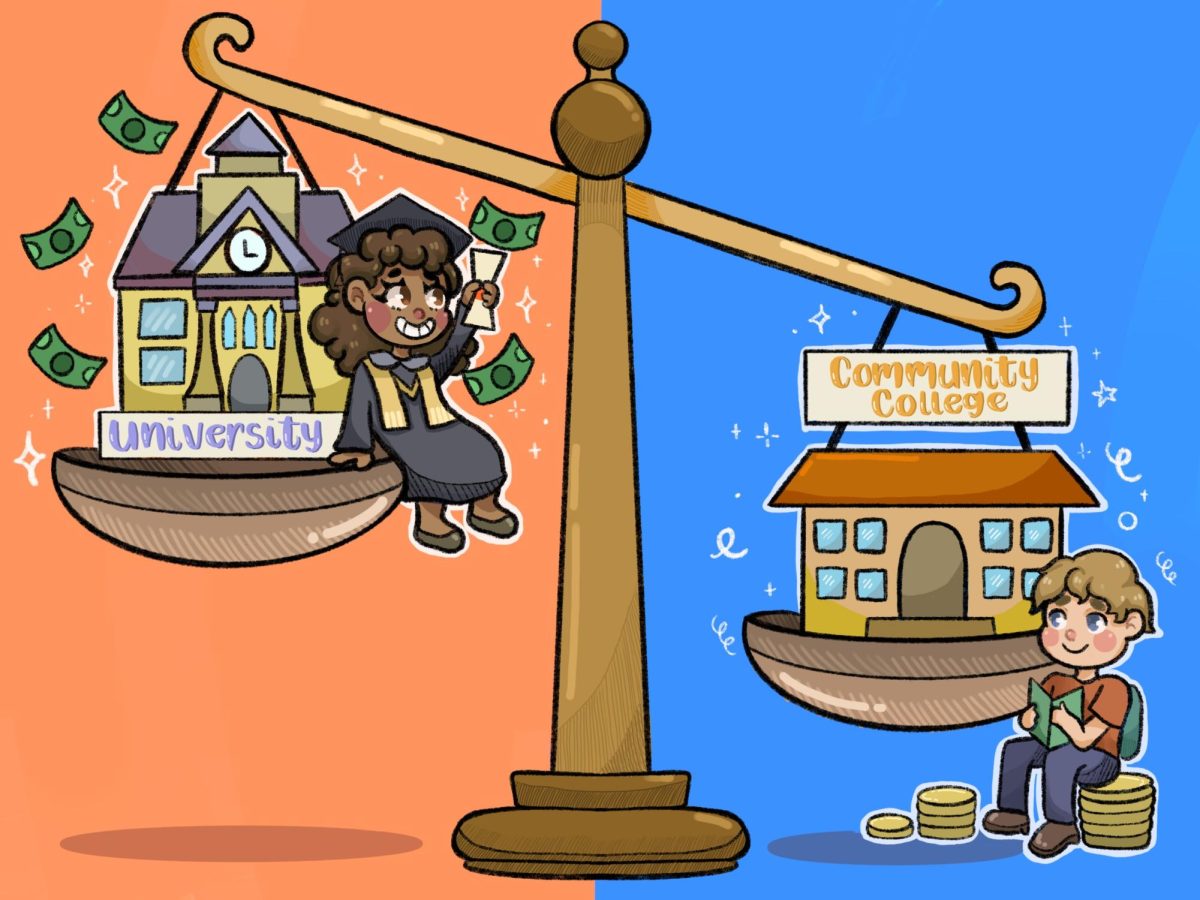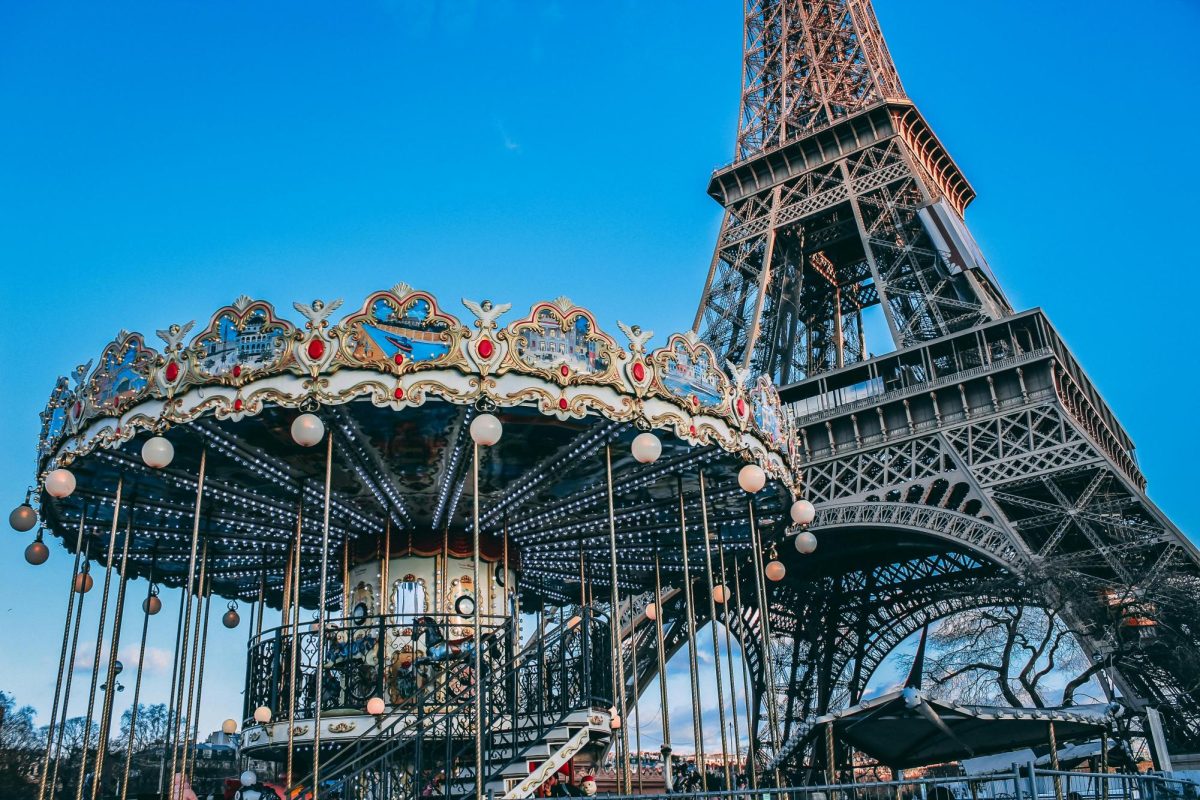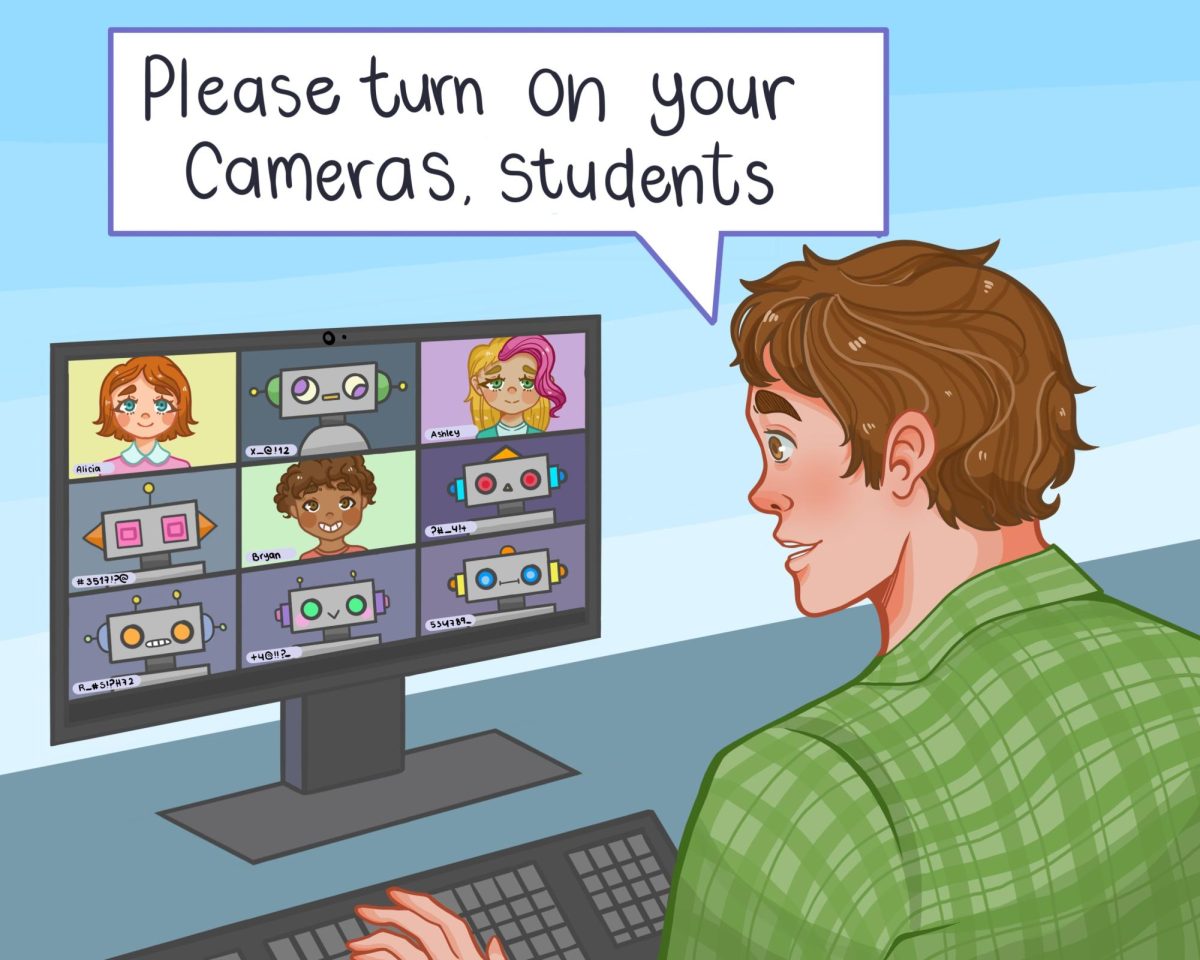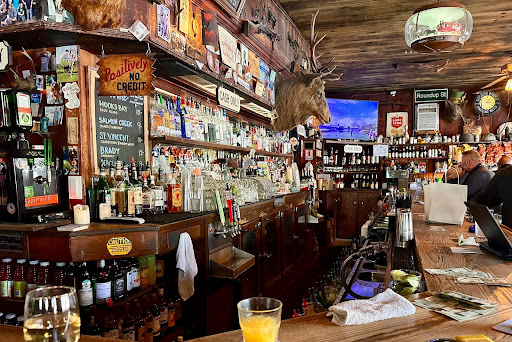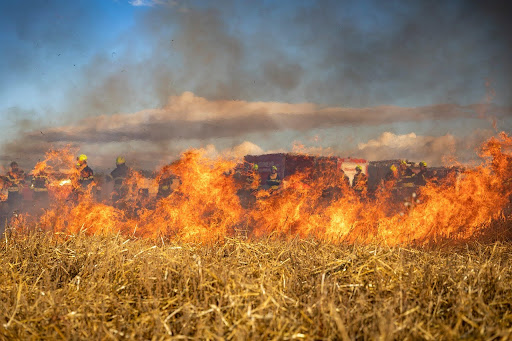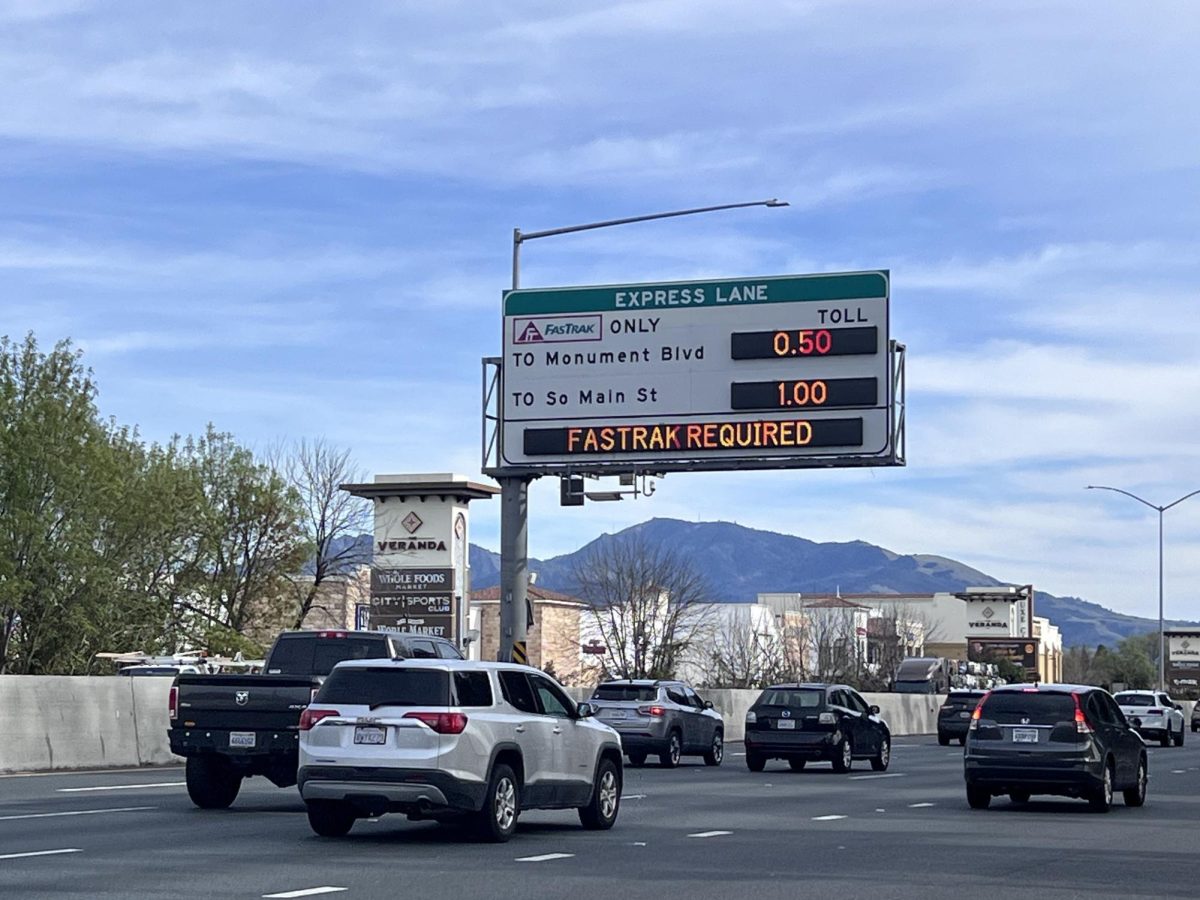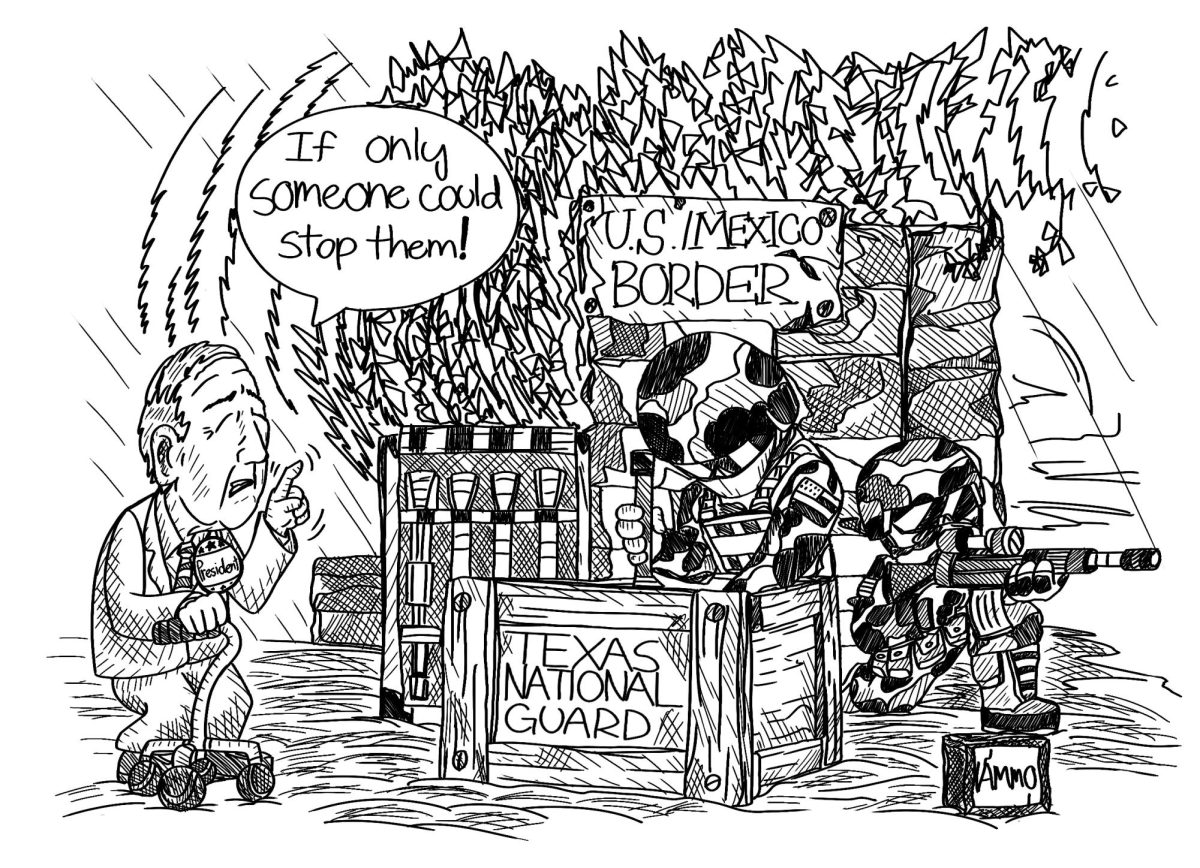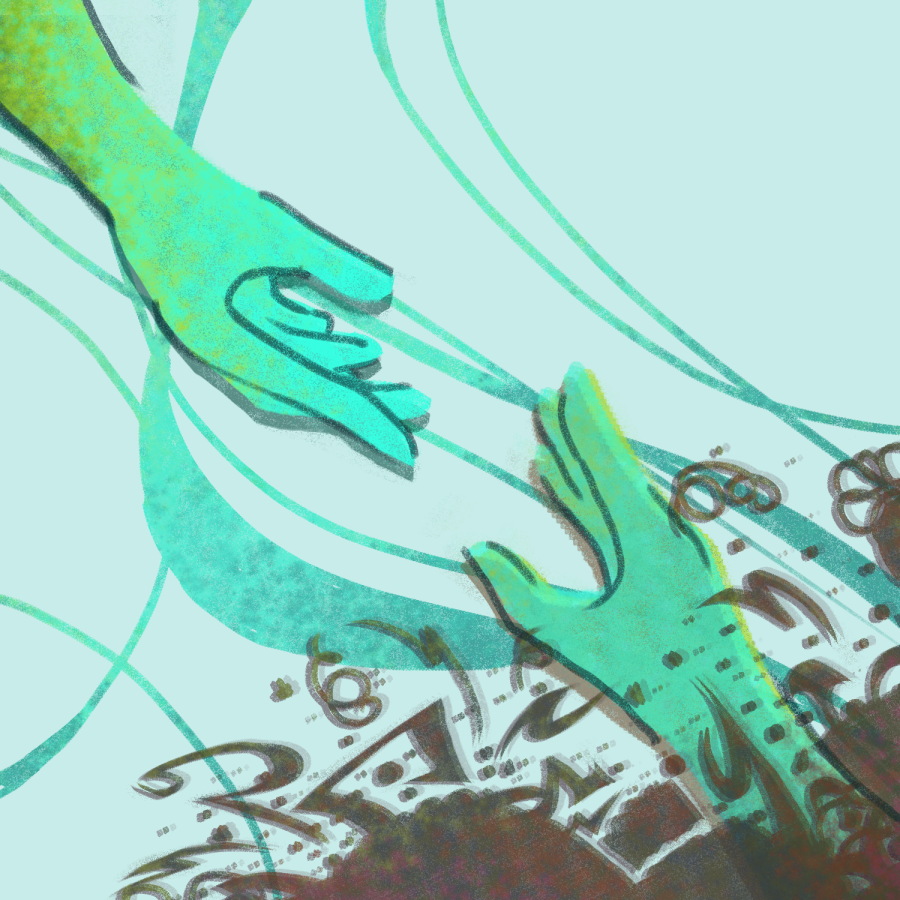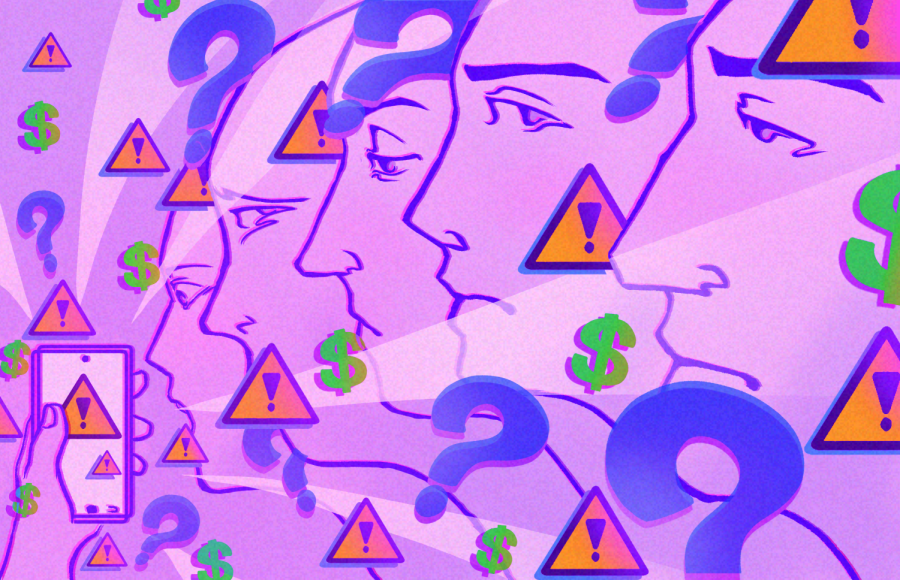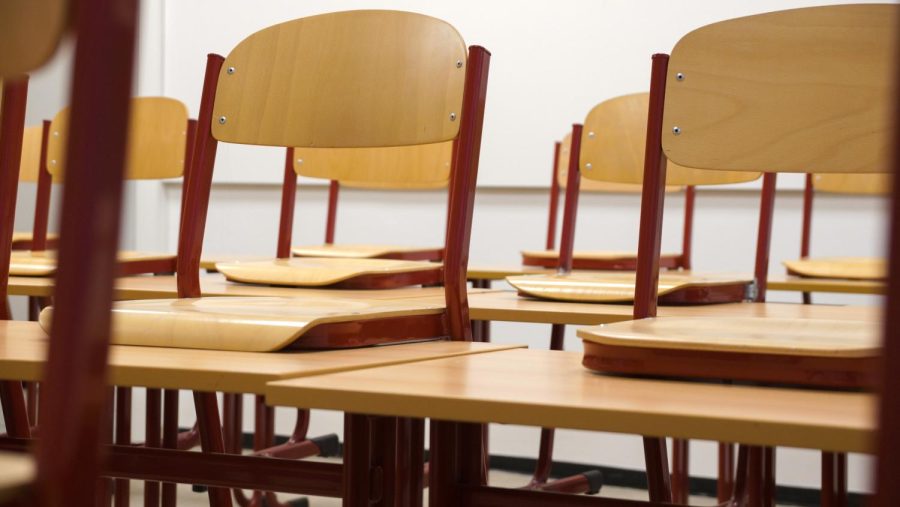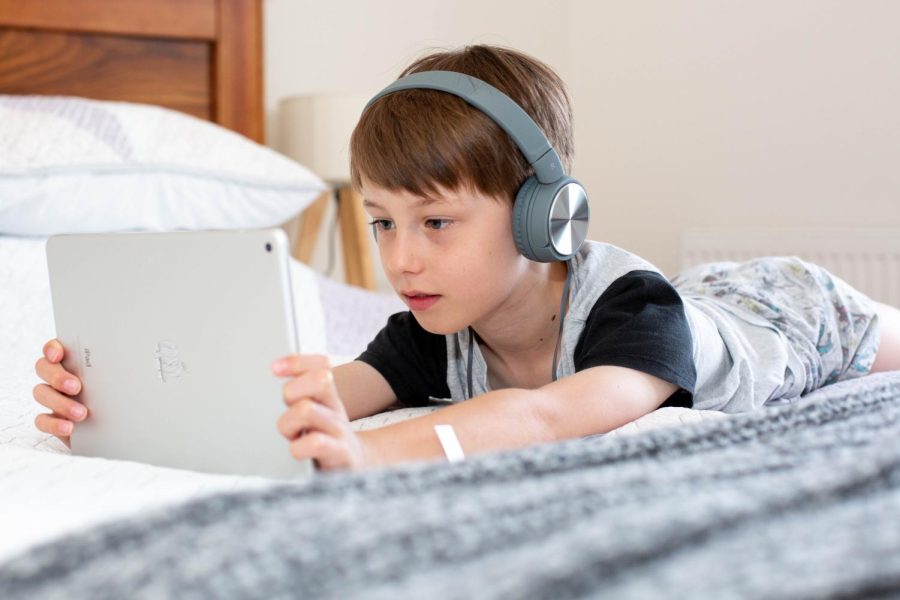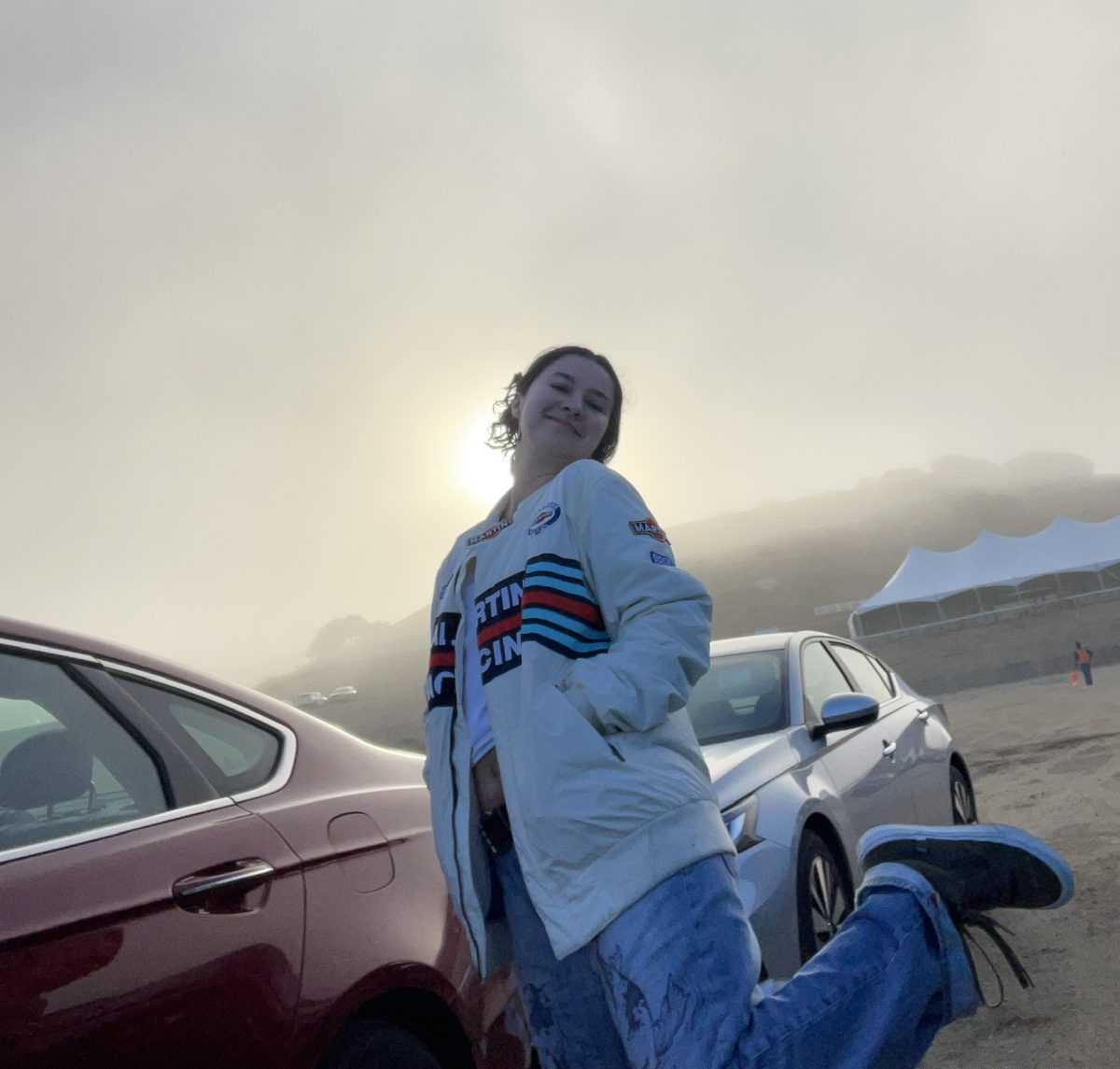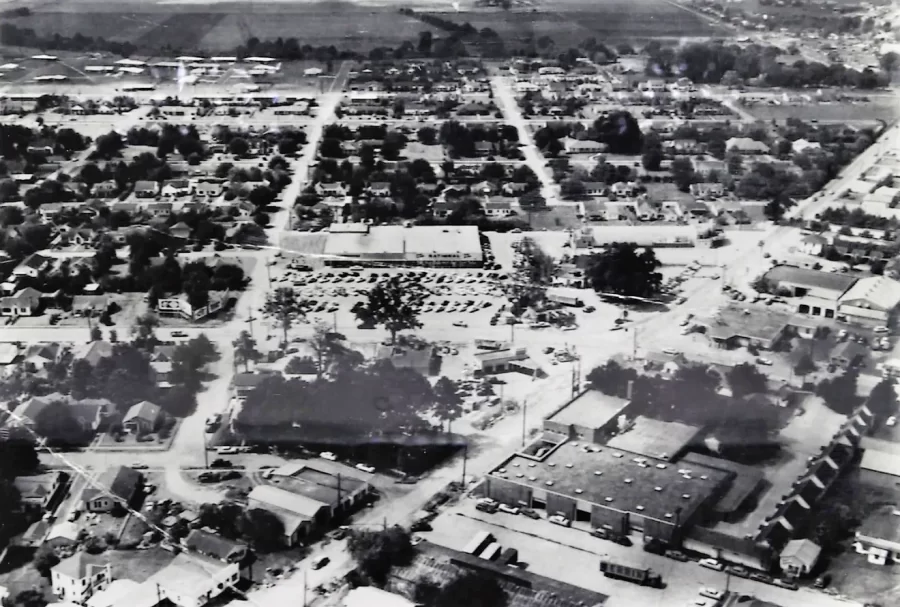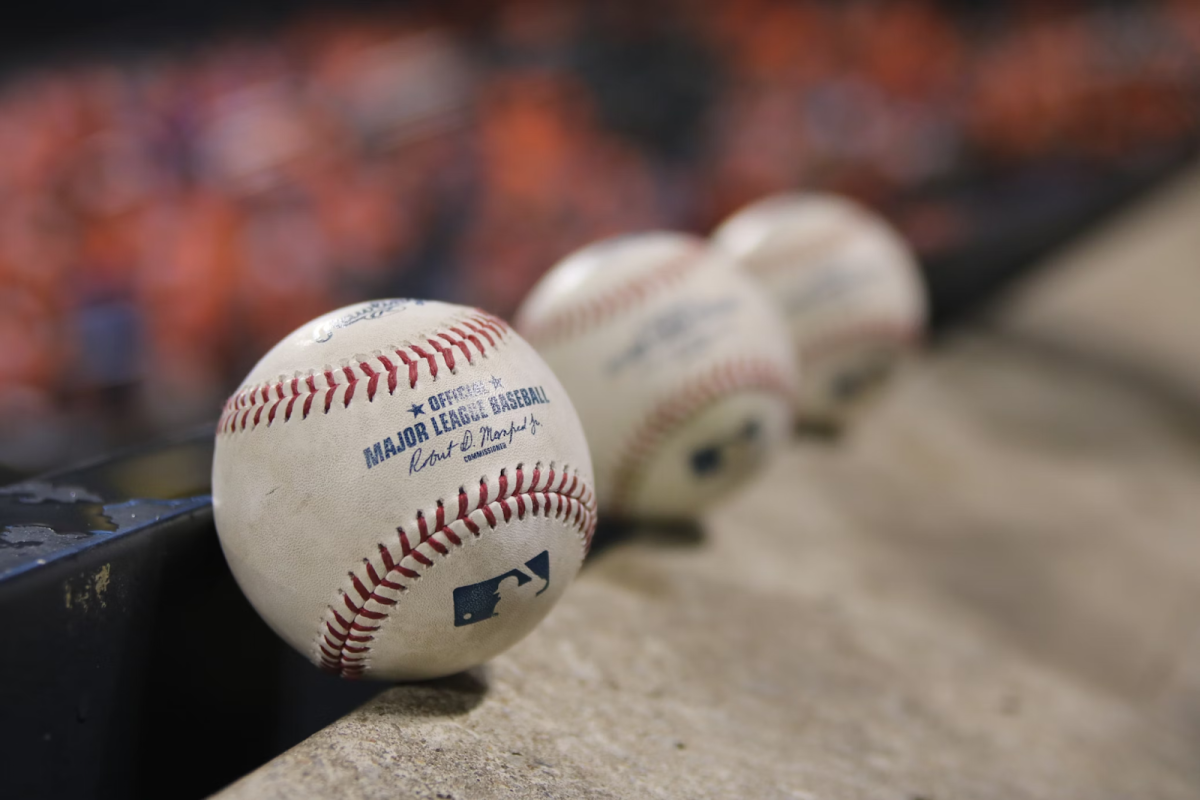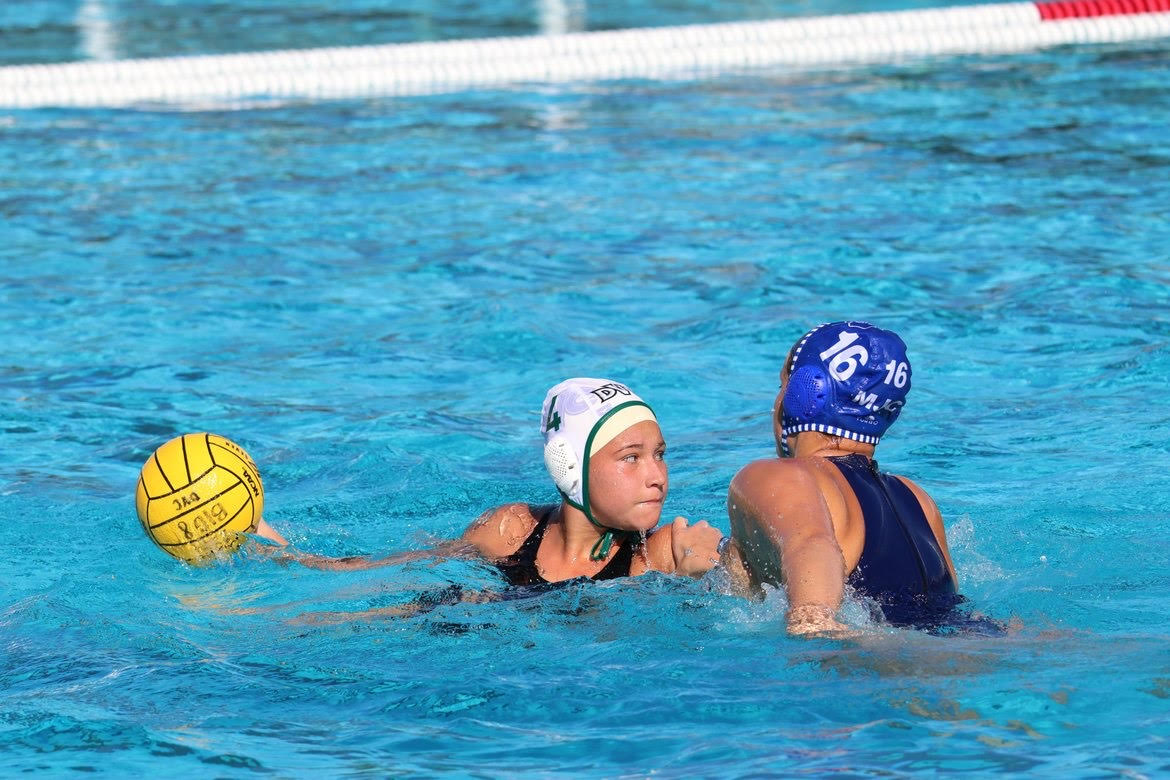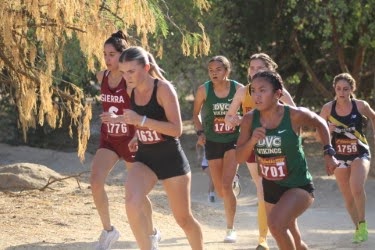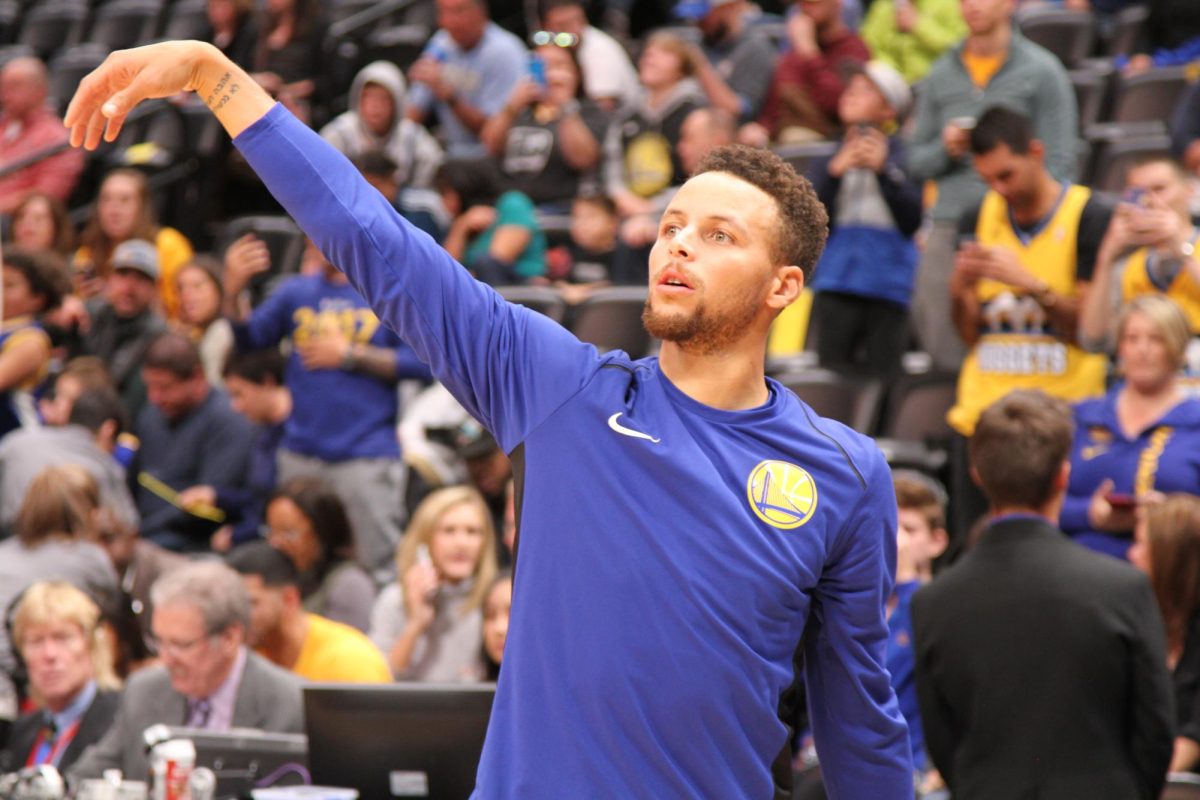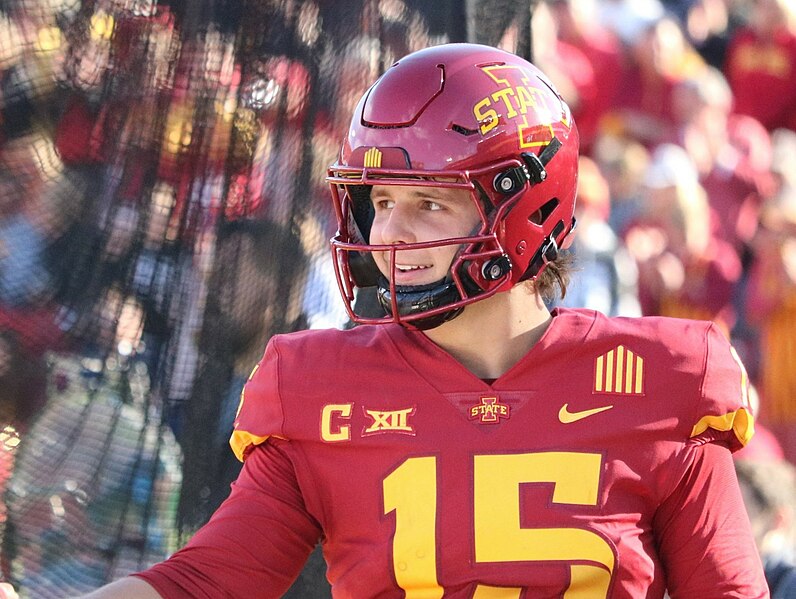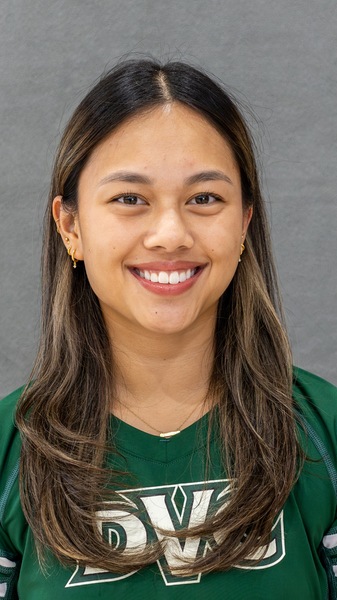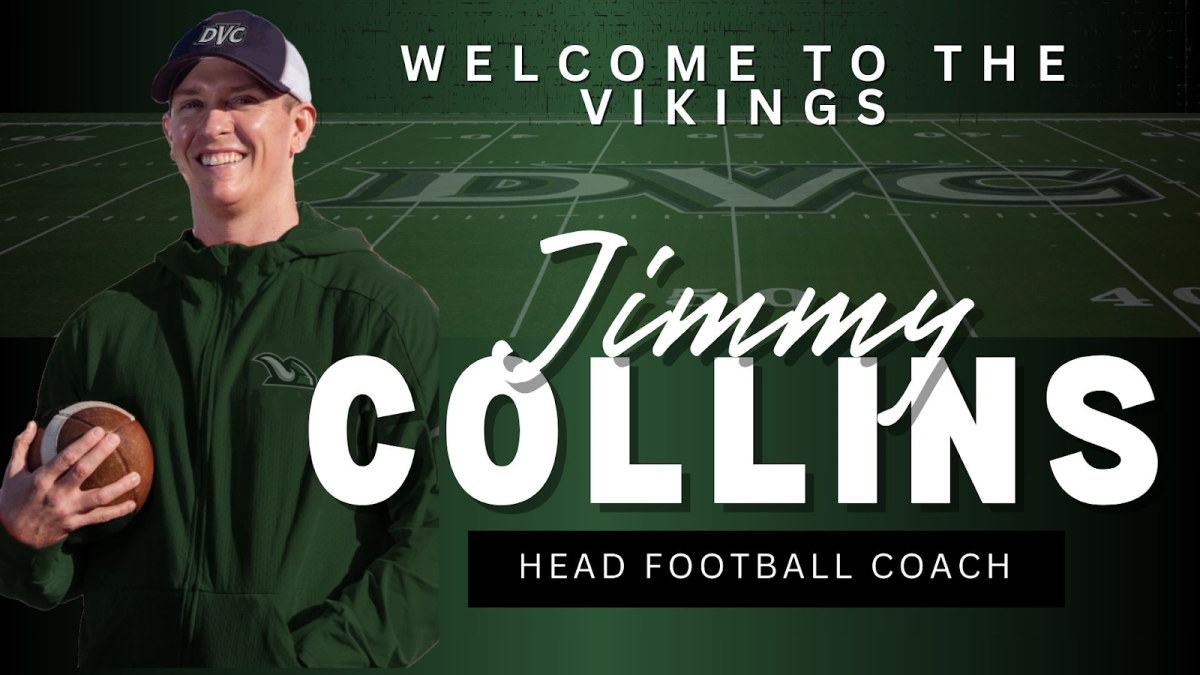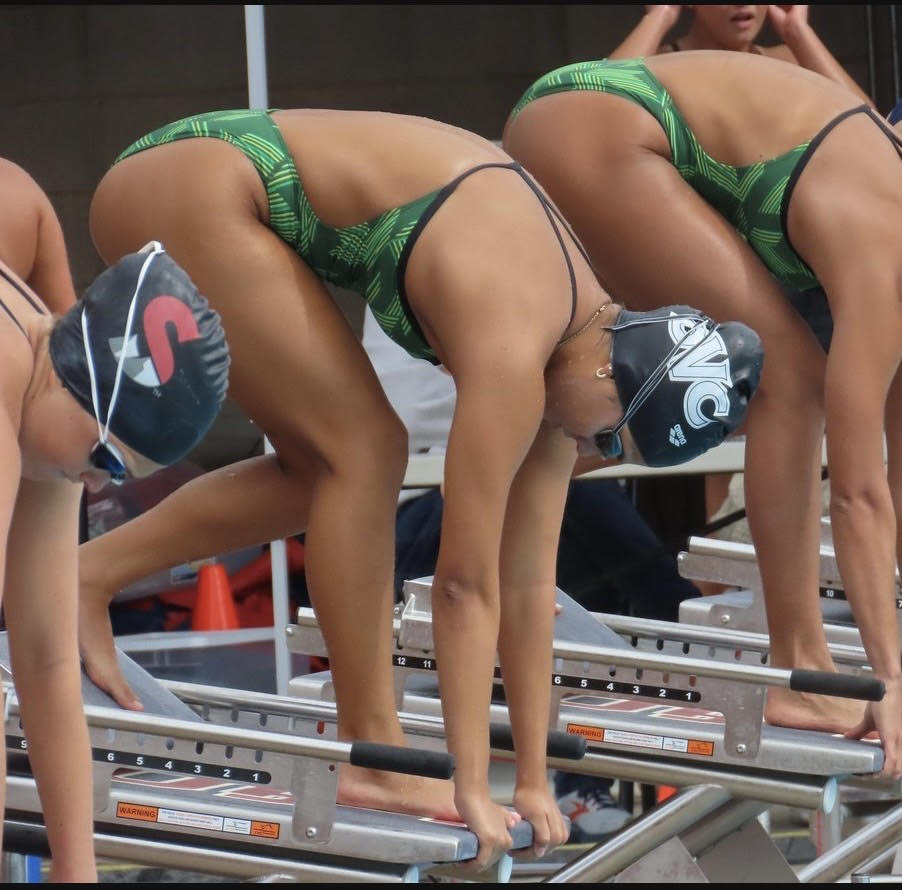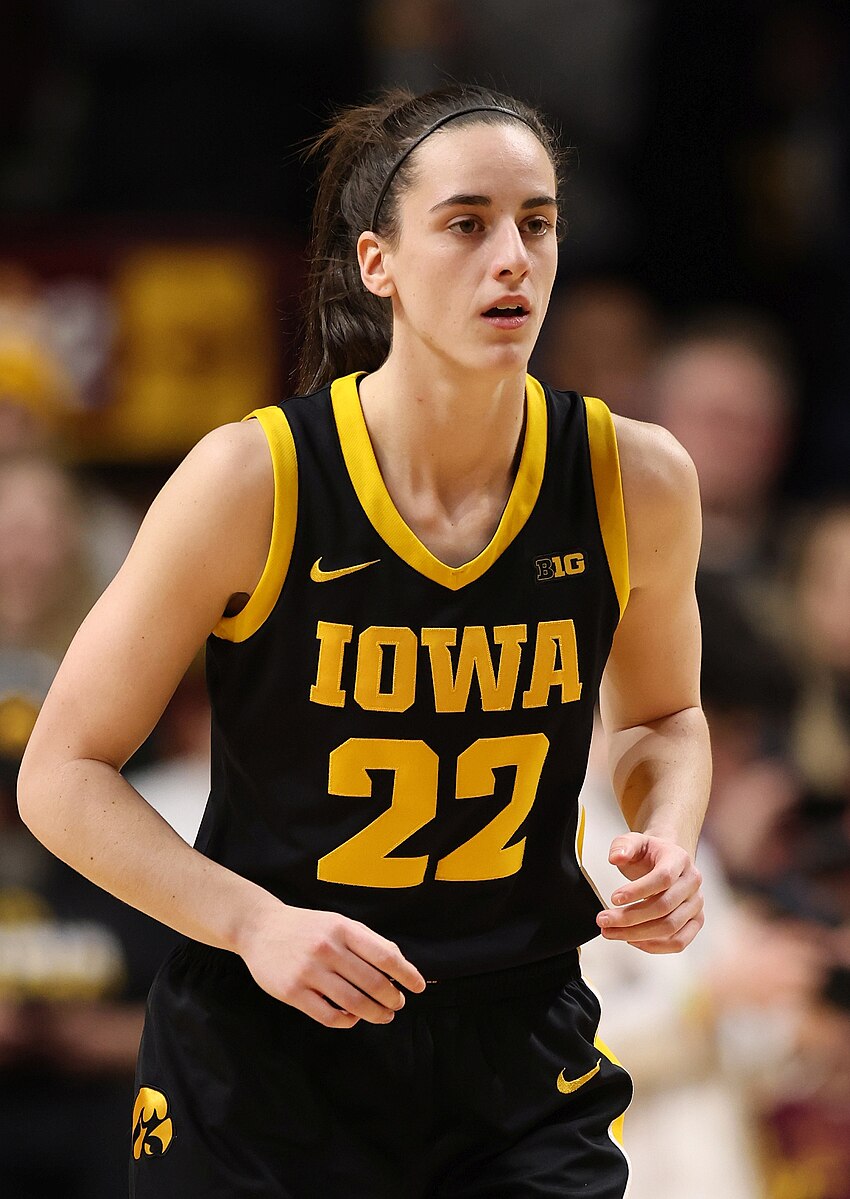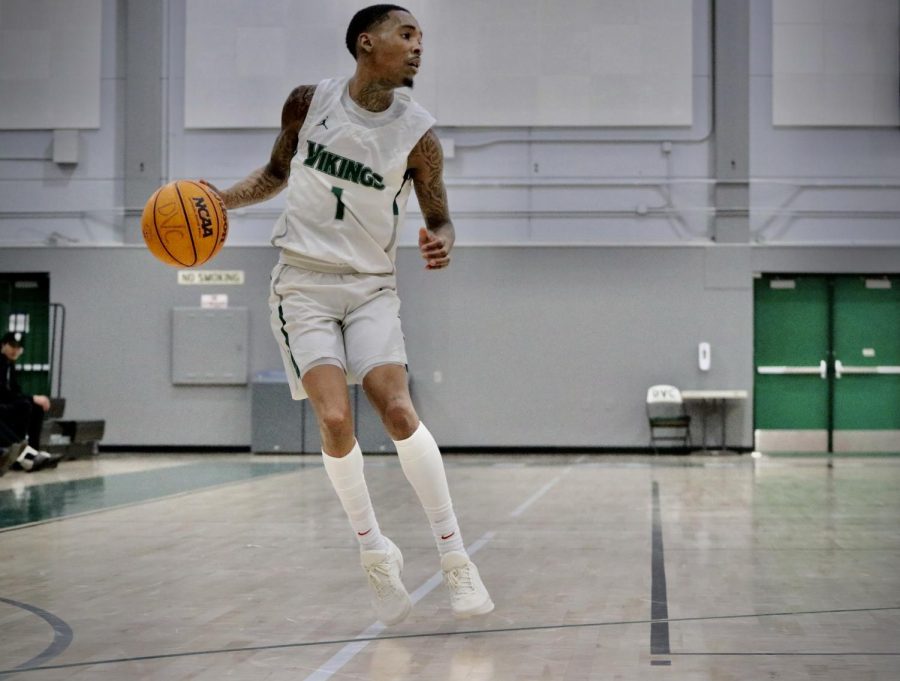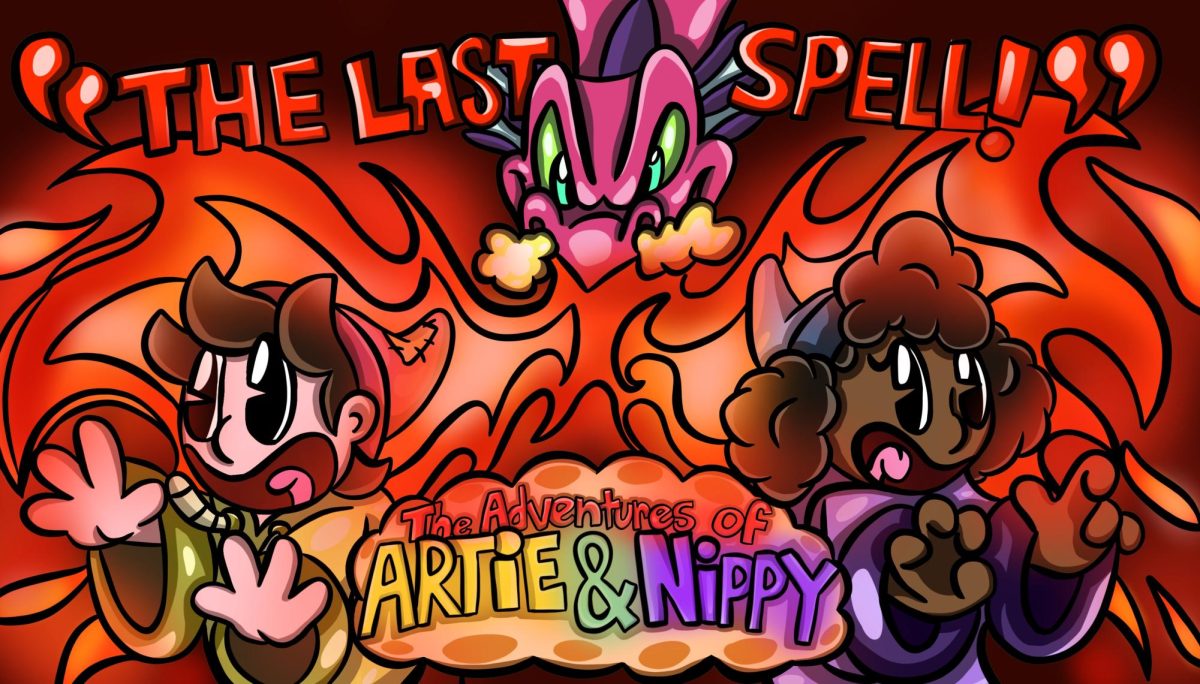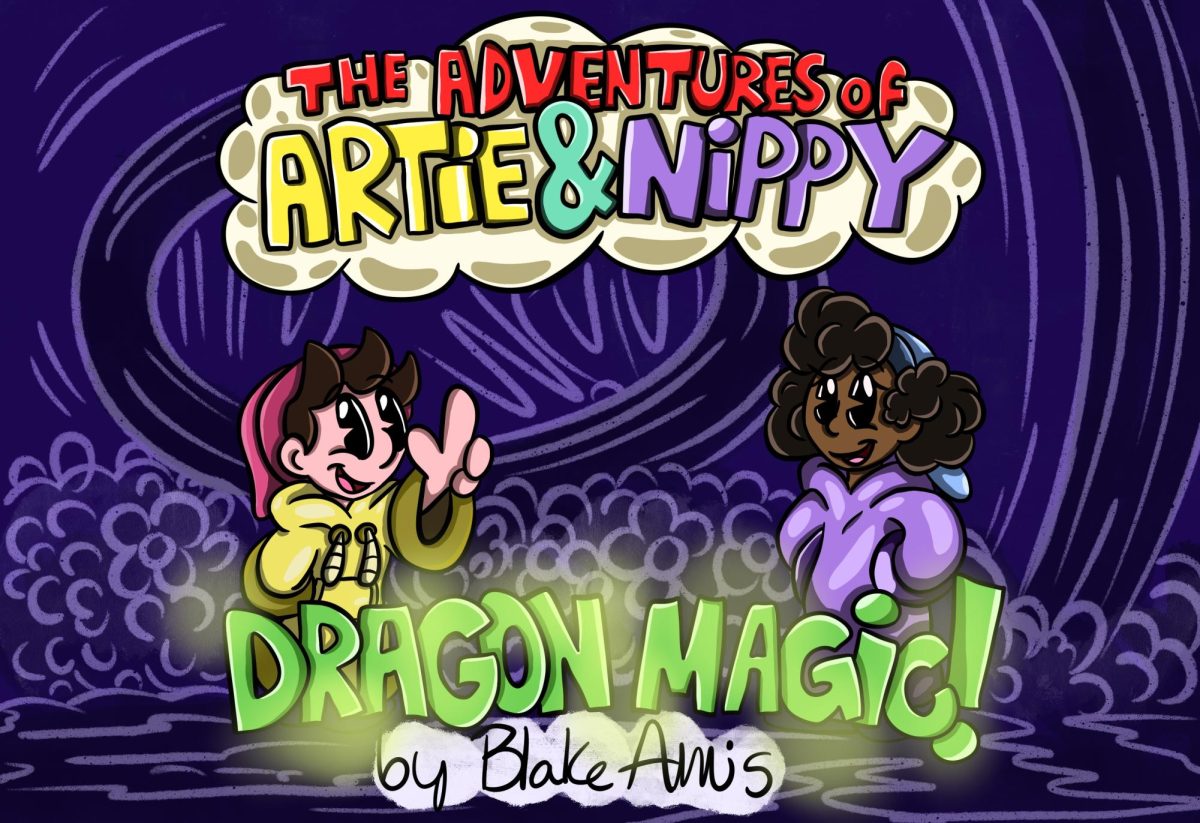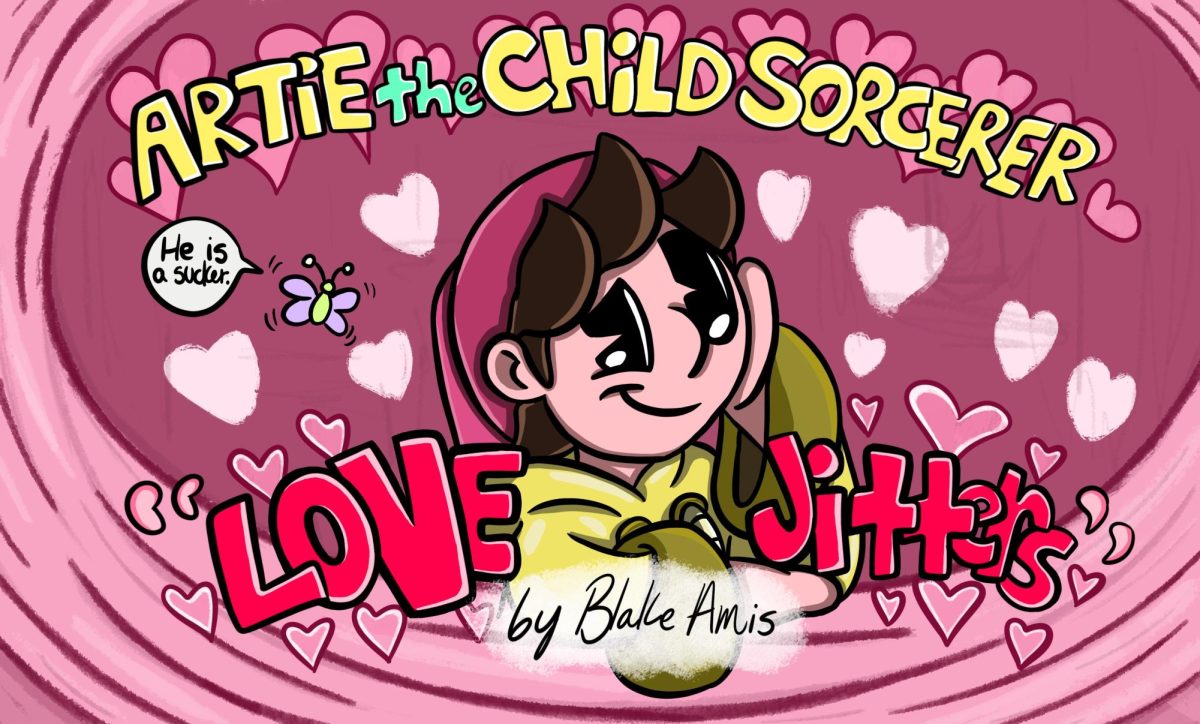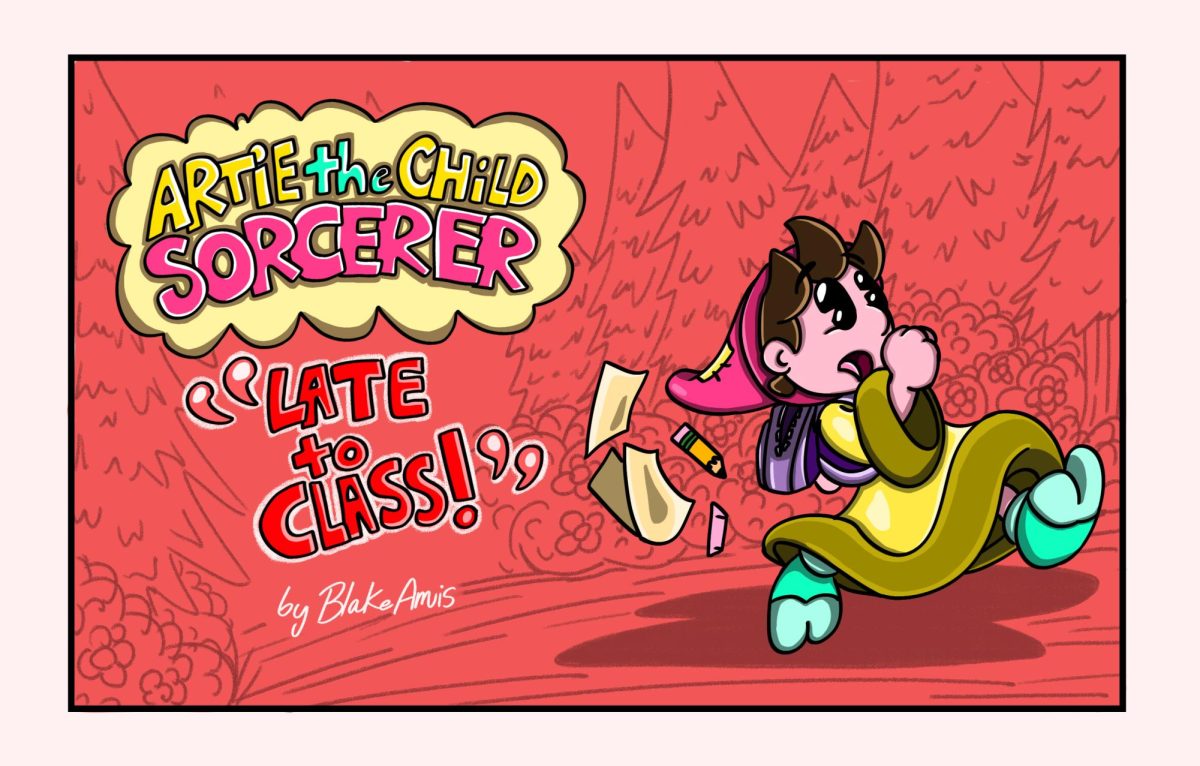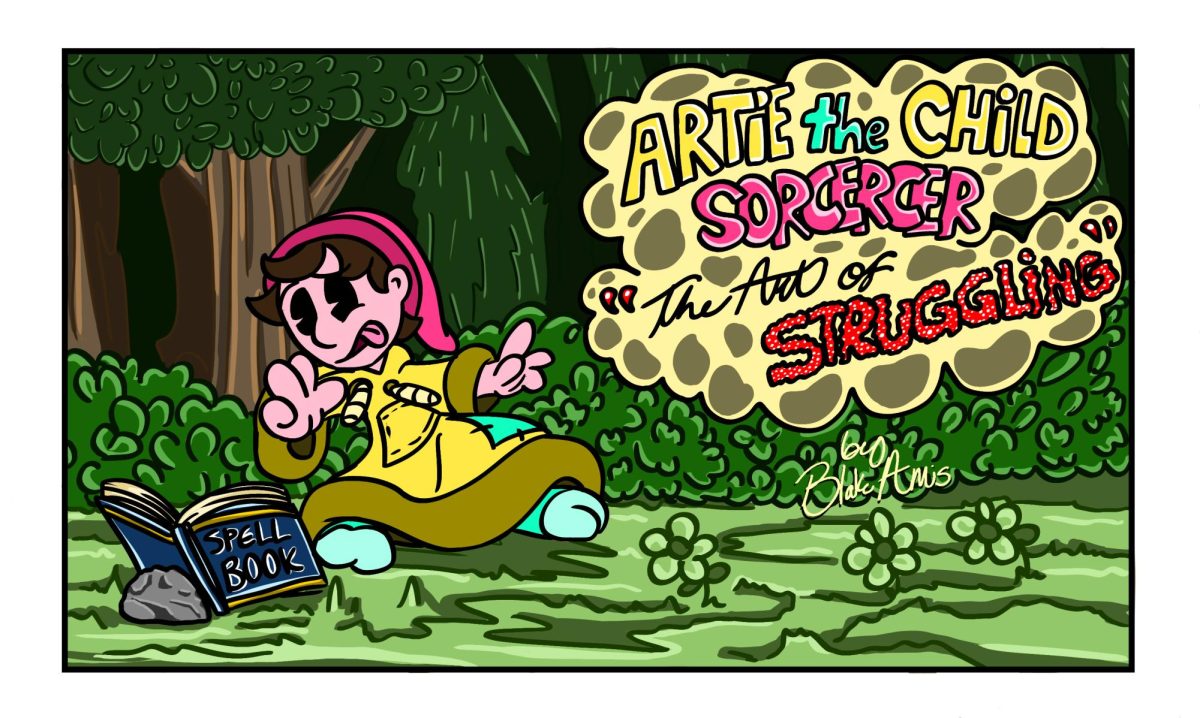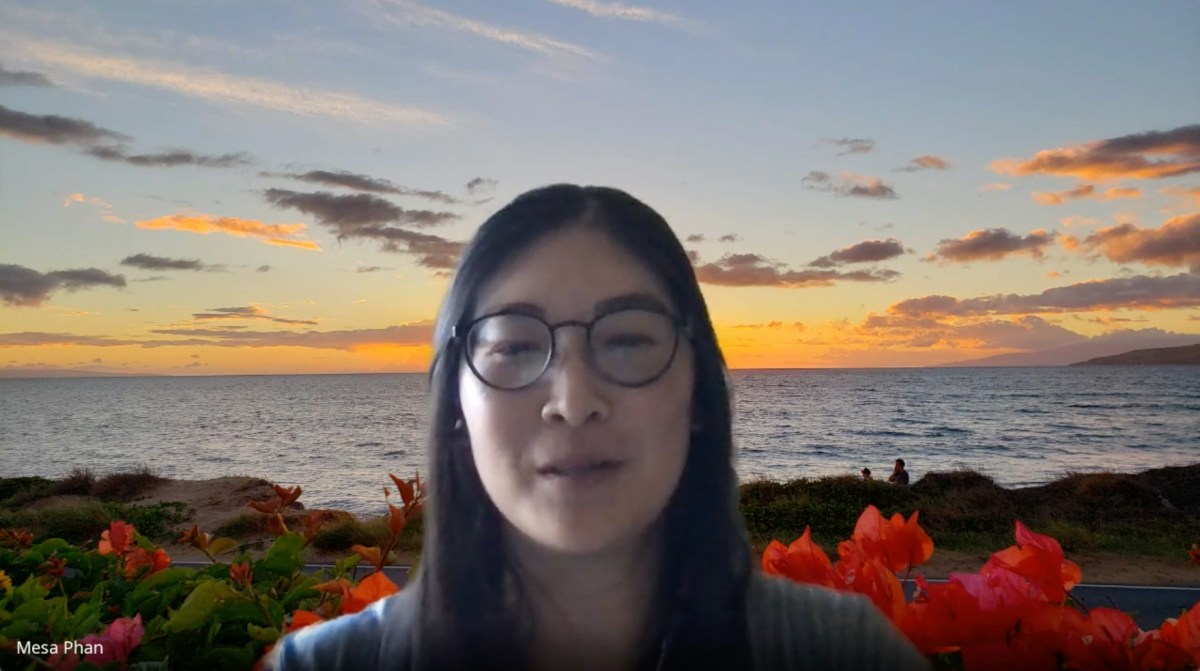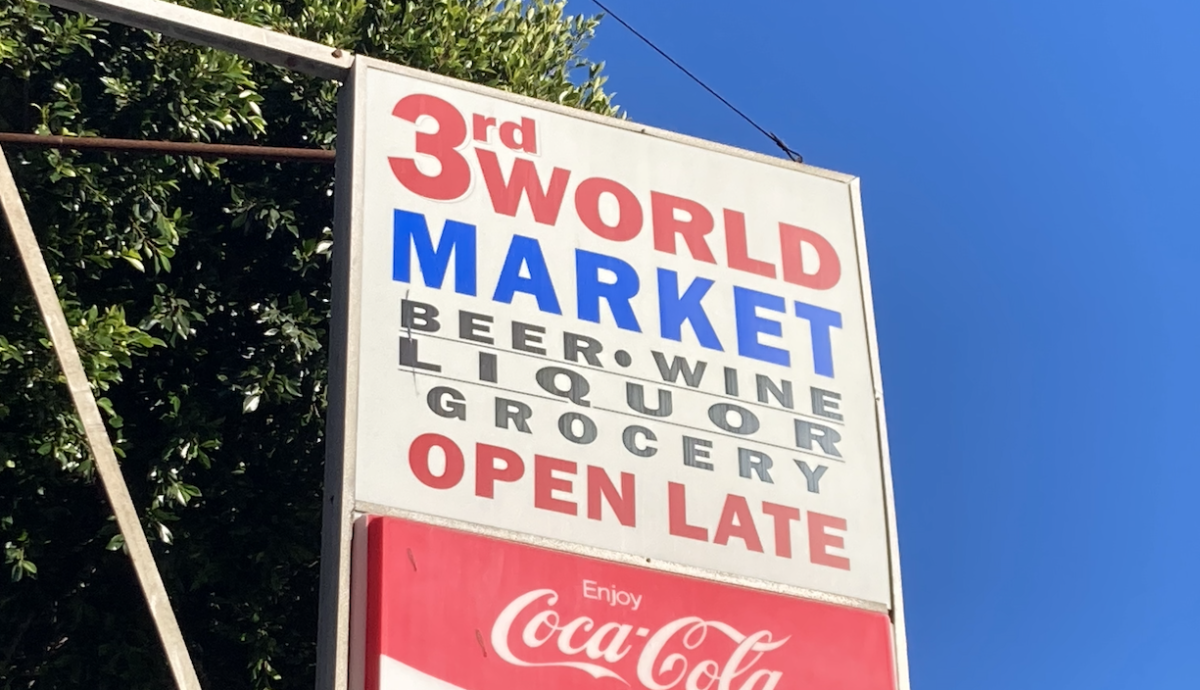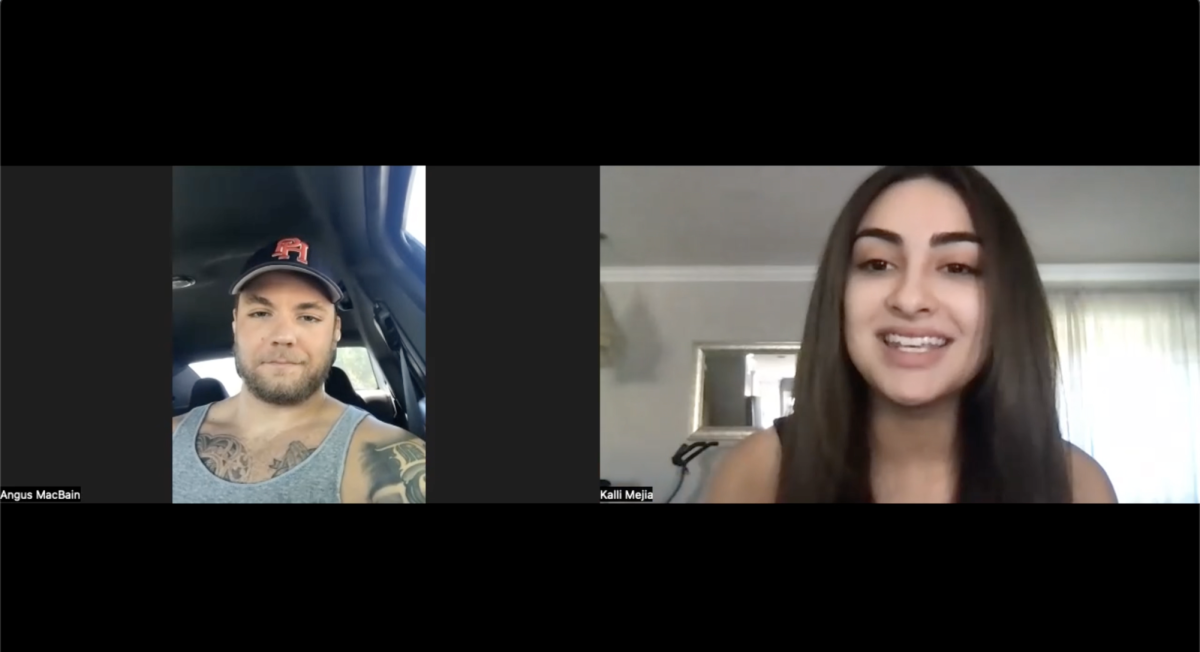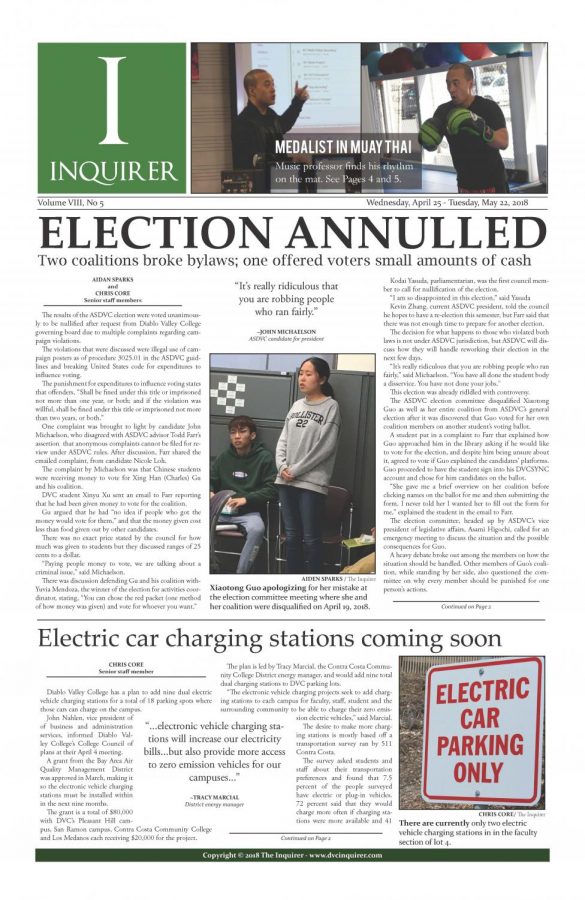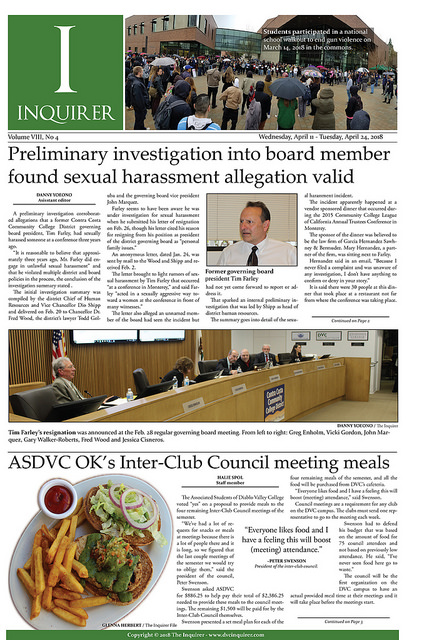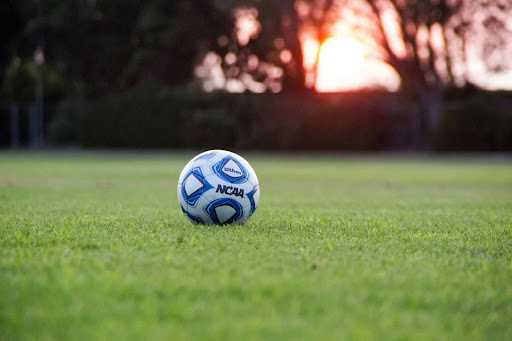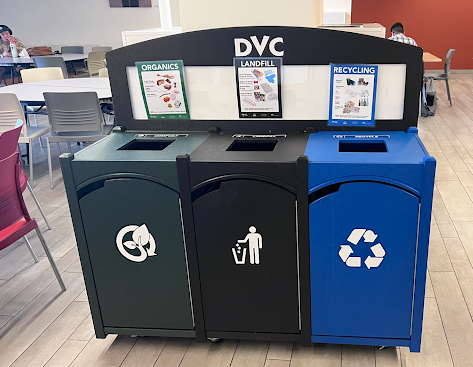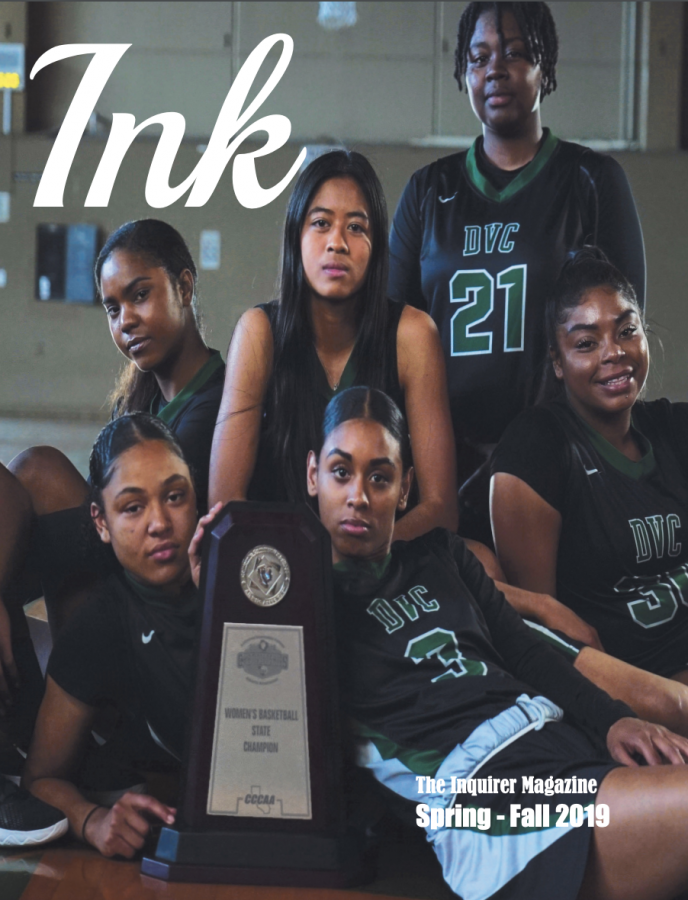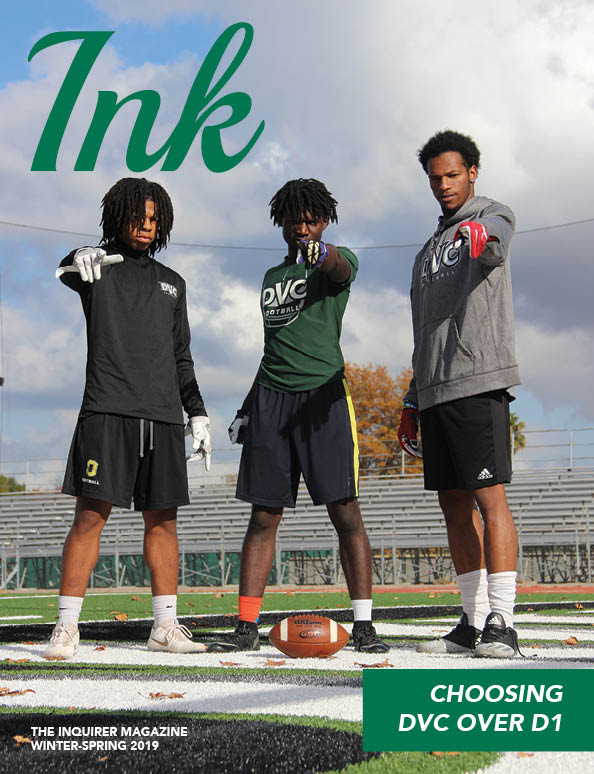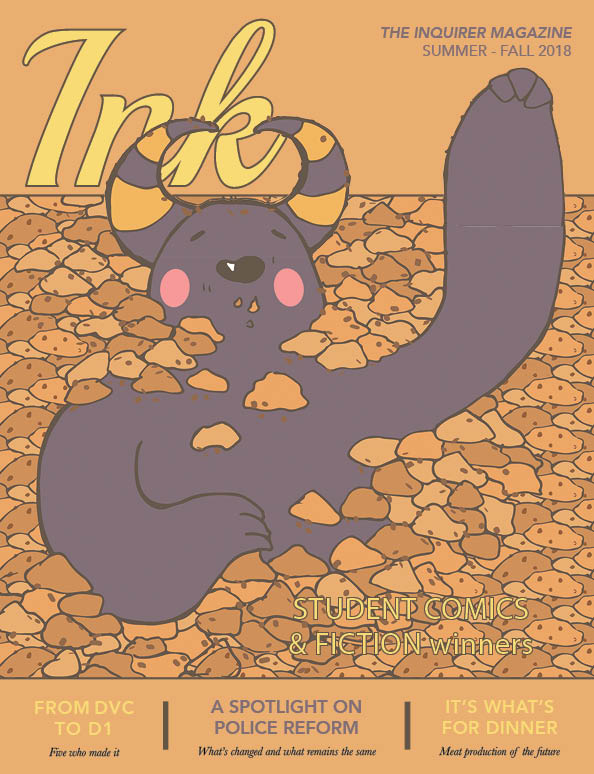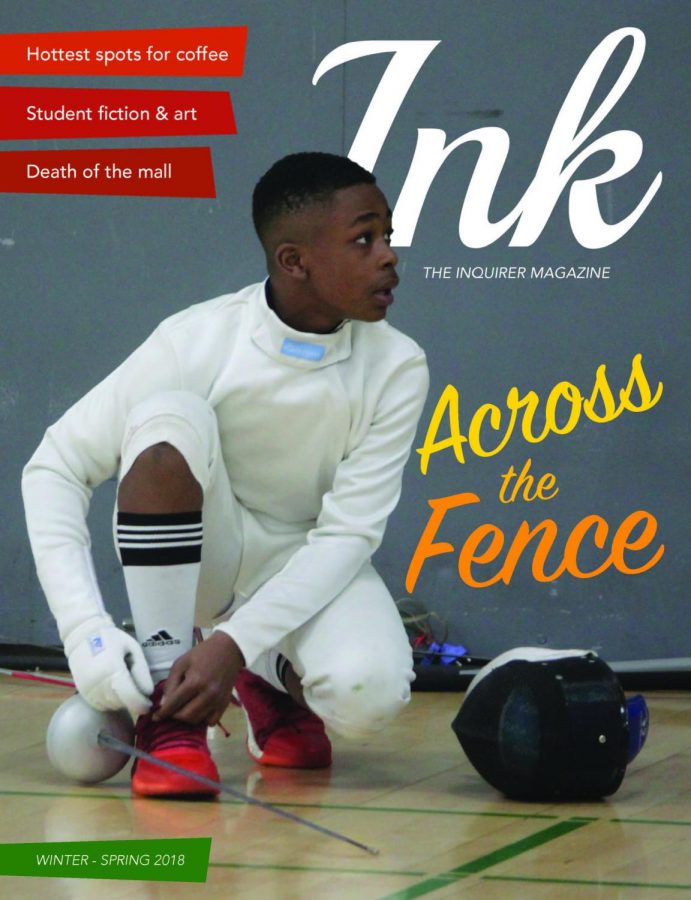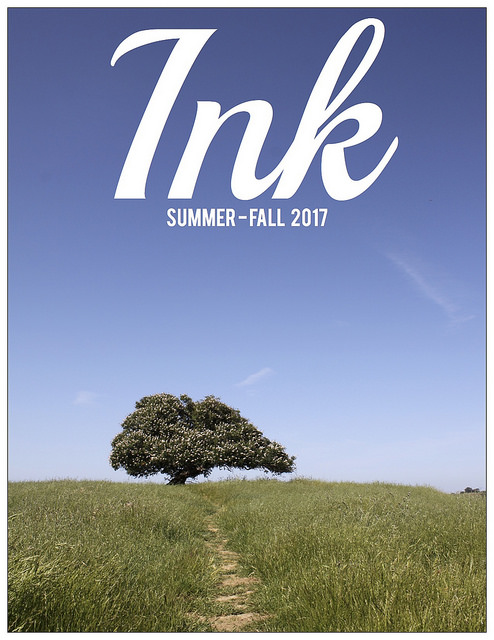In the fall of 2019, while being considered for the library chair position at Diablo Valley College, Lindsey Shively was led on a tour of the Pleasant Hill campus library when a distinct image caught her eye. In a back corner of the building stood a display of Native artifacts that left Shively dismayed — and compelled her on the spot to make a change.
“It was entirely in the past tense, outdated, racist, colonial,” Shively recalled, “so I made a commitment to myself at the interview, (saying), ‘If I get this job, this is the first thing that I’m going to change.’”
Shively, now the tenured chair of the DVC Library, discovered that a number of displaced artifacts belonging to Indigenous tribes had been brought to campus through archaeological digs led by DVC. And implementing changes wasn’t as simple as it seemed.
According to a 2022 online archive posted by the Federal Register, a national archive of the U.S. government, the physical remains of 16 Native individuals with their associated funerary remnants were brought to DVC’s campus between the early 1950s and the 1970s. All of them trace back to the northern California tribes of Wilton Rancheria and Muwekma Ohlone.
In 1990, the Native American Graves Protection and Repatriation Act (NAGPRA) protected all cultural remains and demanded that any items be returned to their rightful tribes by institutions receiving federal funding, including schools.
All the remains and items that had been stored in an on-campus museum at DVC were later moved to the library, following the museum’s closure in the early 2000s.
According to President Susan Lamb, speaking in a recent interview with The Inquirer, conversations about a possible repatriation process had occurred, but weren’t followed through until 2019, when Lamb initiated the process to return many of the remains and artifacts at DVC to their original tribes. The plan got delayed due to the COVID-19 pandemic, she said, and the fact that one of the Native tribes involved, the Muwekm a Ohlone, is not federally recognized.
But through patience and persistence, the repatriation finally occurred. “You know there’s a saying that if you don’t know your history, you’re doomed to repeat it,” Lamb said after the process was complete in 2023.
The next year, in October 2024, DVC formed a Native American Task Force to further guide the school in its relations with Native communities. The group involves school staff and leaders that seek to establish outreach and connection with local tribes.
Shively, a leading voice on the task force, explained its overall goal. “We’re interested in thinking about how the college can be in a right relationship with not only the Native people of this land, but urban Indigenous communities broadly in the area” she said.
Currently the task group is looking to develop a land acknowledgement approved by the local Tribal Councils. But even as DVC takes progressive steps to improve relations and acknowledgements with Native communities, a majority of California schools have yet to do the same.
Despite NAGPRA’s passage into law almost four decades ago, many California universities and colleges have failed to comply. For example, UC Berkeley continues to hold more than 9,300 unrepatriated Indigenous human remains, more than any other educational institution in the United States.
Native American leaders have also been disappointed to find, through a third state audit in 2023, that more than half of the California State University campuses with remains or cultural items have not returned them.
Dani Cornejo, an educator in a multitude of courses at various schools, including Diablo Valley College and American Indian Child Resource Center, joined the Native American Task Force during its launch last fall. An outspoken Indigenous rights advocate, he has taught and led DVC’s ethnic studies program since its creation in 2022, and emphasized the context of the repatriation.
“I’m glad they’ve been repatriated, but having them on campus until 2023 is way too long,” said Cornejo.
“For some reason, the unearthing of Native bones and storage at universities for archaeology and examination [or] things of this nature is seen as ‘appropriate.’ It’s the equivalent of going to a cemetery, unearthing somebody’s coffin, pulling out their bones to study,” he said.
“You can’t imagine that with any other community.”




